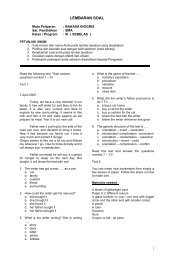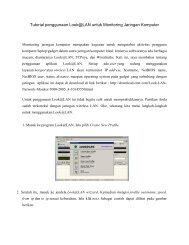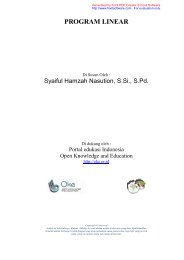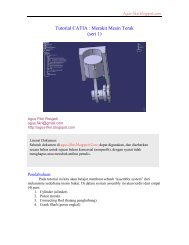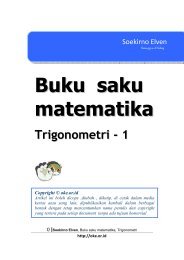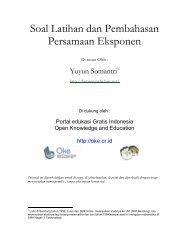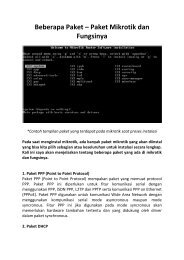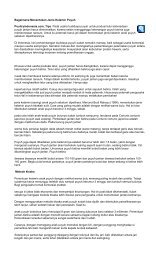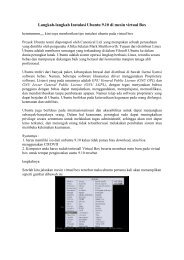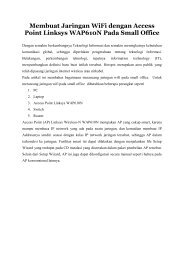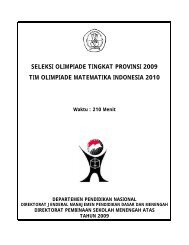british mathematical olympiad british mathematical olympiad
british mathematical olympiad british mathematical olympiad
british mathematical olympiad british mathematical olympiad
Create successful ePaper yourself
Turn your PDF publications into a flip-book with our unique Google optimized e-Paper software.
Supported bySupported byBritish Mathematical OlympiadRound 2 : Tuesday, 1 February 2005Time allowed Three and a half hours.Each question is worth 10 marks.Instructions • Full written solutions - not just answers - arerequired, with complete proofs of any assertionsyou may make. Marks awarded will depend on theclarity of your <strong>mathematical</strong> presentation. Workin rough first, and then draft your final versioncarefully before writing up your best attempt.Rough work should be handed in, but should beclearly marked.• One or two complete solutions will gain far morecredit than partial attempts at all four problems.• The use of rulers and compasses is allowed, butcalculators and protractors are forbidden.• Staple all the pages neatly together in the top lefthand corner, with questions 1,2,3,4 in order, andthe cover sheet at the front.In early March, twenty students will be invitedto attend the training session to be held atTrinity College, Cambridge (7-11 April). On thefinal morning of the training session, students sit apaper with just 3 Olympiad-style problems, and8 students will be selected for further training.Those selected will be expected to participatein correspondence work and to attend furthertraining. The UK Team of 6 for this summer’sInternational Mathematical Olympiad (to be heldin Merida, Mexico, 8 - 19 July) will then be chosen.2005 British Mathematical OlympiadRound 21. The integer N is positive. There are exactly 2005 ordered pairs (x,y)of positive integers satisfying1x + 1 y = 1 N .Prove that N is a perfect square.2. In triangle ABC, ̸ BAC = 120 ◦ . Let the angle bisectors of anglesA,B and C meet the opposite sides in D,E and F respectively.Prove that the circle on diameter EF passes through D.3. Let a,b,c be positive real numbers. Prove that( ab + b c + c ) 2 ( 1 ≥ (a + b + c)aa + 1 b + 1 .c)4. Let X = {A 1 ,A 2 ,...,A n } be a set of distinct 3-element subsets of{1,2,...,36} such thati) A i and A j have non-empty intersection for every i,j.ii) The intersection of all the elements of X is the empty set.Show that n ≤ 100. How many such sets X are there when n = 100?Do not turn over until told to do so.



